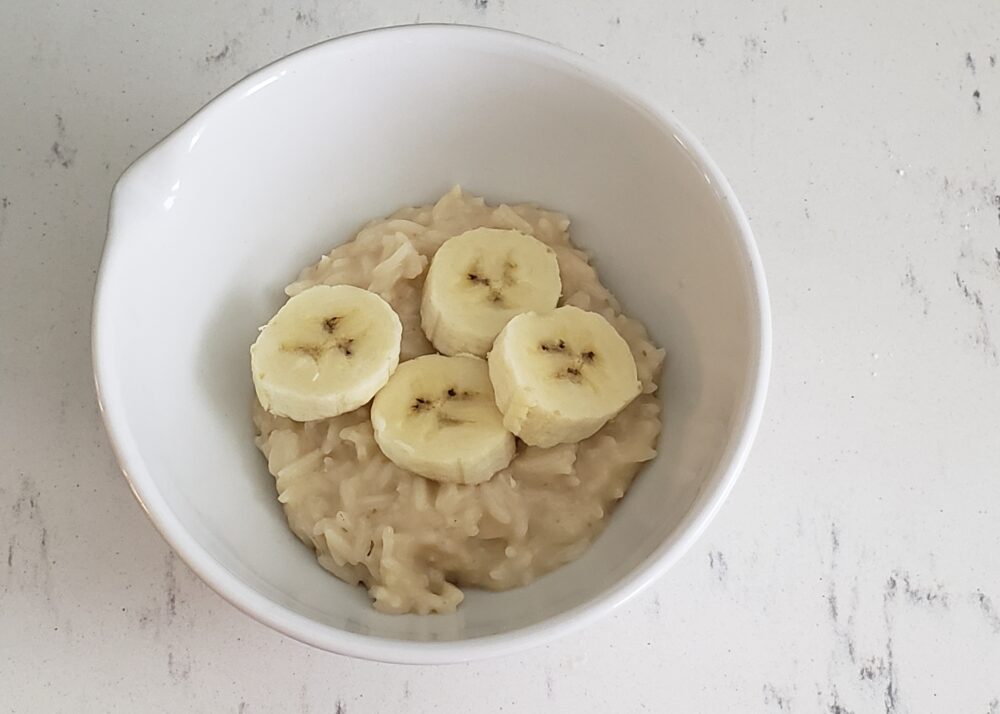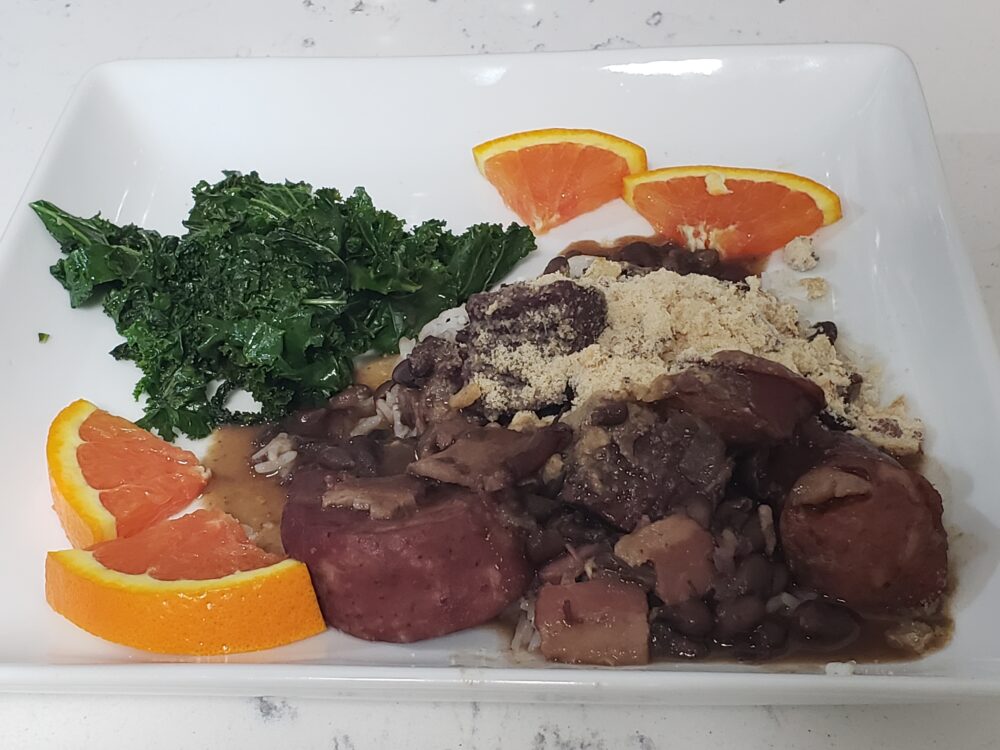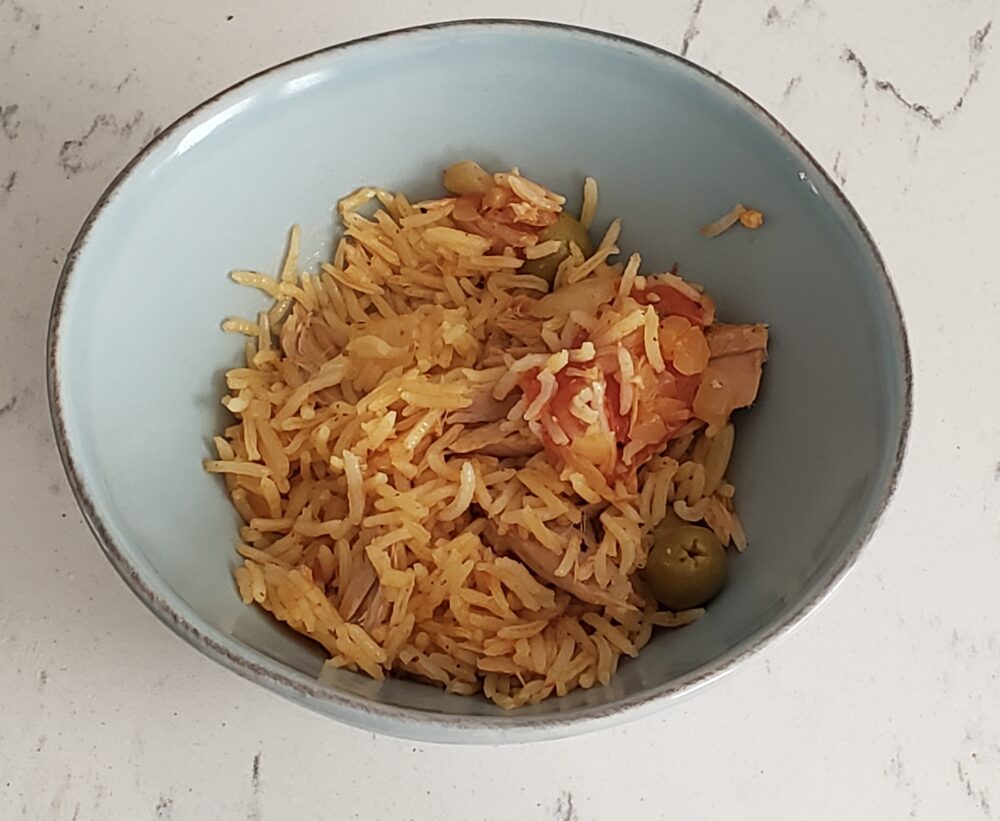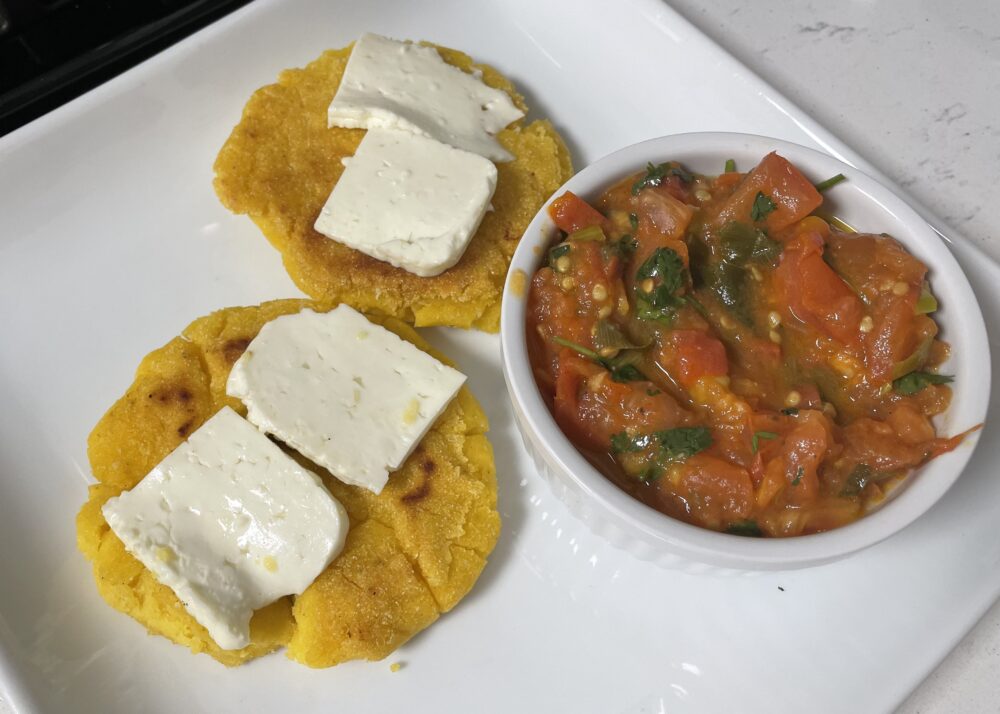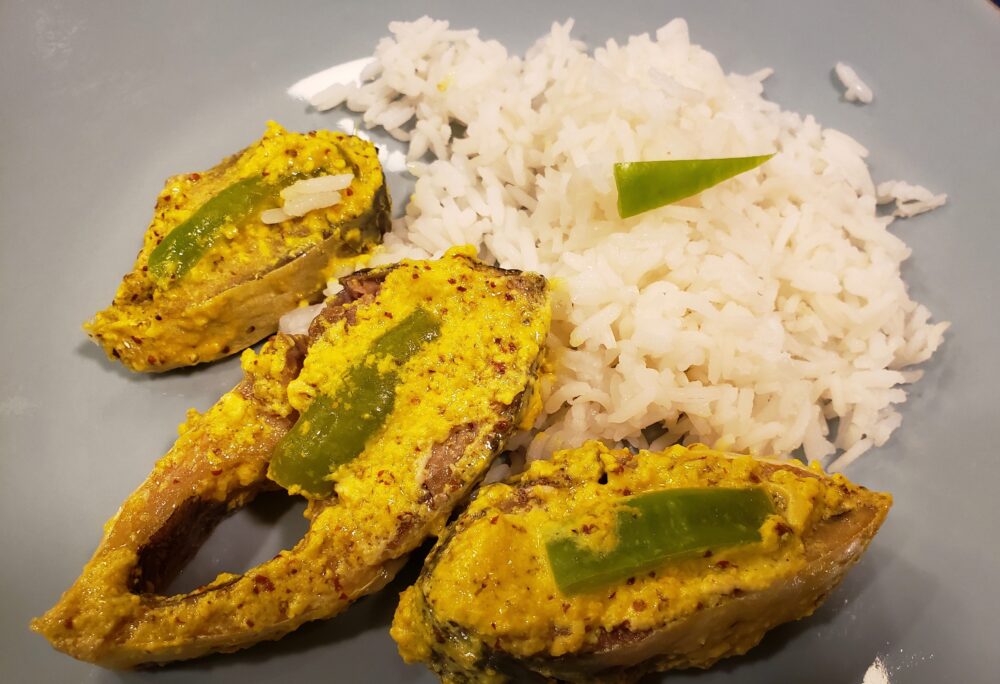Neither Sam nor I have seen an episode of Game of Thrones, but we visited one of the many locales where that epic show was filmed. We explored the southern part of Croatia a few years ago and loved the history, sites, and incredible food. In fact, Sam got to sit on a throne on the island of Lokrum that was used in the television series.
For our home cooking experiment, we used regular dining room chairs. Nothing too exciting.
THE CUISINE

Croatia, which is nestled on the Adriatic Sea right across from that behemoth culinary destination Italy, is a true destination of its own. It was a part of the former Yugoslavia and shares a commonality in culture, geography, and cuisine with its neighbors Italy, Slovenia, Serbia, Hungary, and Bosnia and Herzegovina.

Croatia is a land of islands, mountains, and castles. And its food is definitely fit for a king.
The cuisine is varied from pork and chicken to seafood and fresh vegetables. Tubers, grains, and nuts are also super important to the diet here. Stews and soups made from ground nuts and vegetables are very common. And they sure do like their spice.
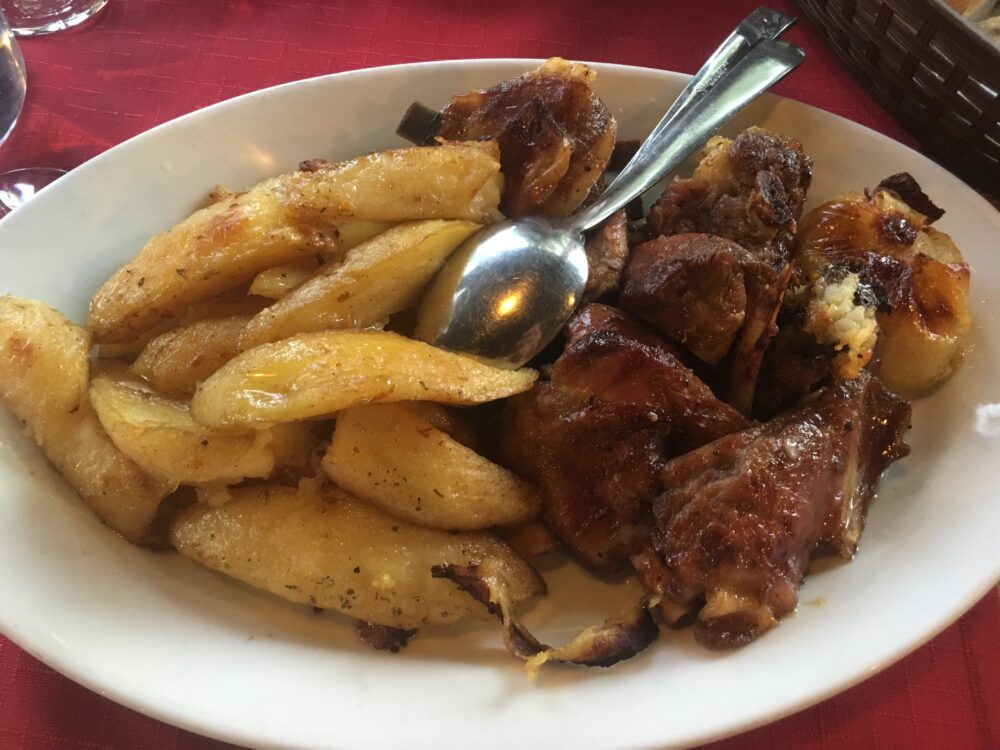
Grilled meat and protein (especially lamb) that is cooked under the peka (a special dome) is often considered the national dish. Seafood, stews, and pasta are also very plentiful, often cooked with olive oil rather than butter.
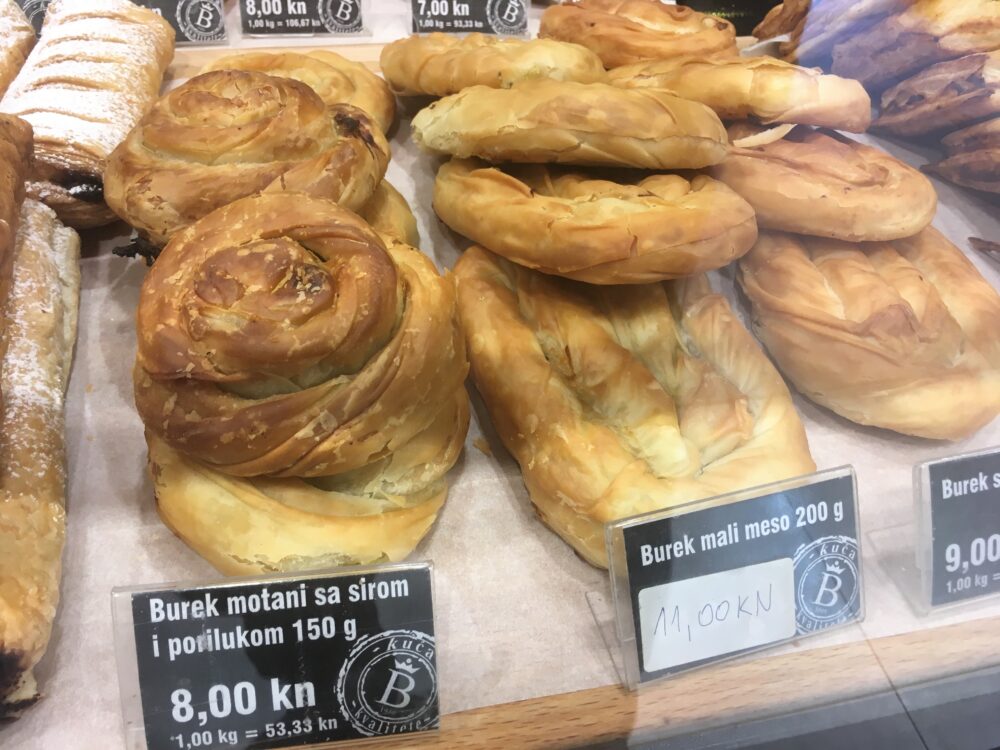
Day to day lunches would probably be the famous hand pies, stuffed with cheese, greens, or meat.
Croatia is also a very under-appreciated wine region, unless you get to try the wine – then you’ll most certainly appreciate it.
Traditional Dishes:

CRNI RIŽOT – black rice (colored with sepia ink) was actually Sam’s favorite dish while in Croatia; it’s often rich and smoky with chunks of squid
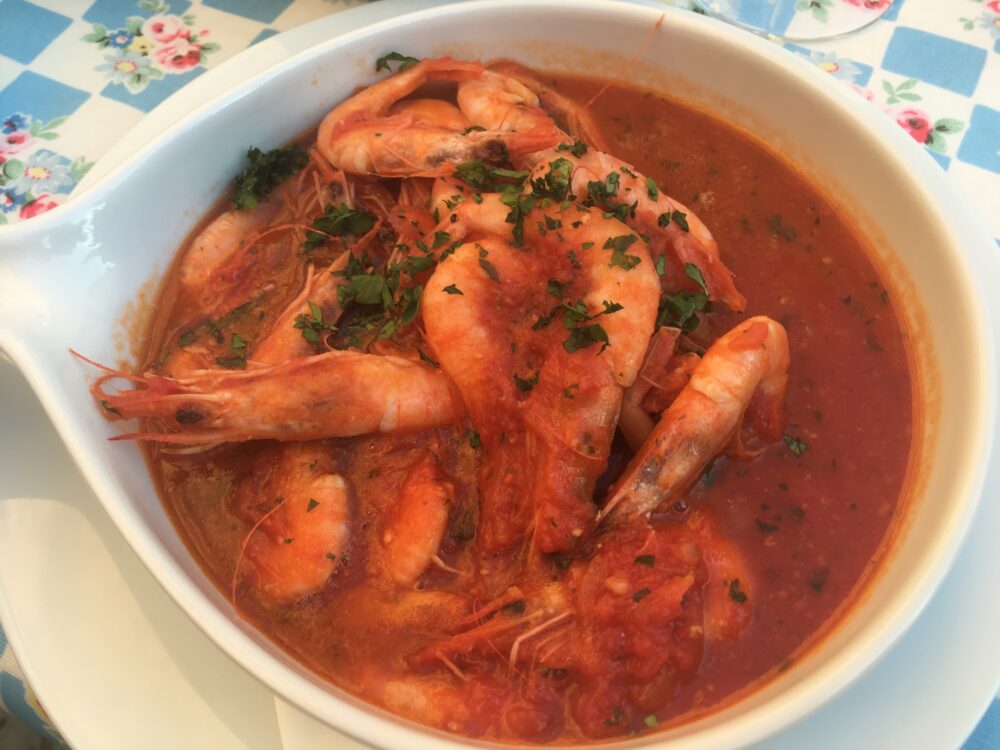
BRUDET – this is a fish stew made with a variety of local fish, stewed in white wine or vinegar, tomatoes, spices, and other vegetables
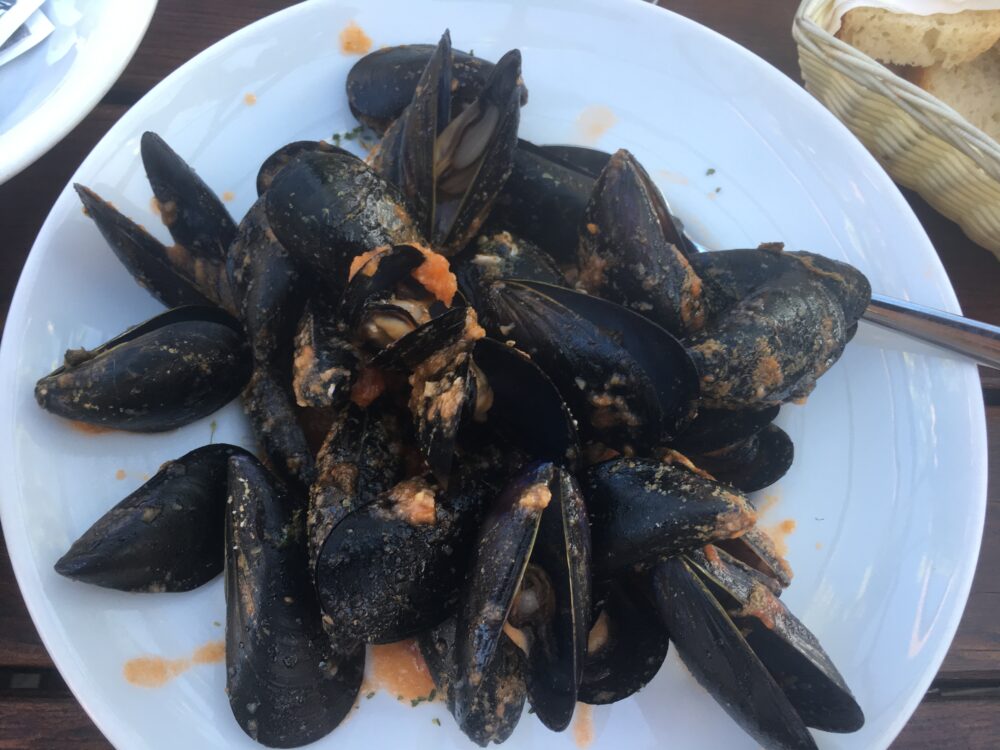
BUZARA– this can be made with different fish, but is most commonly found with mussels or shrimp that are cooked in a tomato white wine stew
ROŽATA – this is just one of many decadent desserts that hail from Croatia, this is an upside down caramel pudding topped with plenty of sweet syrup
CROATIAN FOOD IN NEW YORK
When I first moved to New York, I lived above a very old foreign couple in Astoria. They were Croatian and if only I had invited myself over to their lower level apartment for dinner, I would have discovered the joy of this cuisine and culture a long time ago.
Astoria is still the area for the bulk of the Balkan food in New York. There are little bourek shops (mostly claiming to be Bosnian or Serbian), incredible Balkan grocery stores, and a handful of Croatian restaurants.
Seló is the fanciest, with lots of pasta, fish, and specialities from Istria (a region in the northwest of the country sharing borders with Slovenia and Italy). But there is also the Rudar Club, if you want to really be transported to an old school Croatian joint.
THE VIDEO
If you ever wanted to see me and Sam work our way through a children’s book in a foreign language, you’re in luck.
Sam pulls out the book about transportation we got in a book store in Croatia. Sam reads Croatian surprisingly well.
He was really into his book and less into the cooking. He does give us a lesson on what marinating means and takes a rest on the pillowy gnocchi, but for this episode, he makes me do most of the hard work.
THE DISHES

We have made many stews on this around the world journey and this pot roast might have been the most time-consuming and intense.
Pašticada, also sometimes called Dalmatinska Pašticada, is a special occasion dish that can now be found all over Croatia, but especially and originally from the Dalmatian region. It has its origins in Greek, Venetian, and Byzantine culture and cuisine.
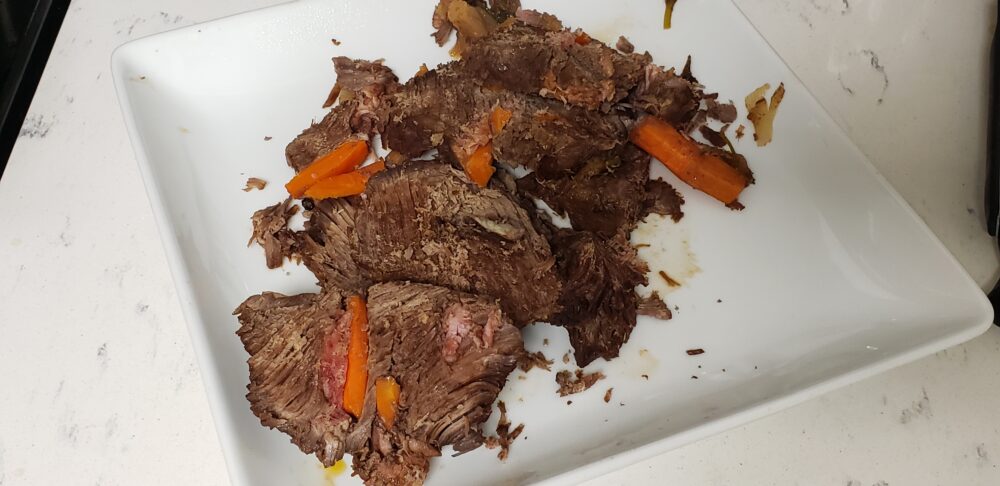
Top round is the traditional cut for this stew, but you can use other cuts from the back-end of the beef (topside, silverside, or rump). Before being marinated in red wine vinegar for many hours, it’s stuffed with root vegetables and bacon or pancetta.
Then, it’s seared, stewed until tender with vegetables in wine (red or sweet or both), before being sliced and served with a hearty sauce made from the cooking liquid. It has a nice balance of sweet and sour.

It’s almost always served with a side of gnocchi, which you may recognize from Italian cuisine, and is the default accompaniment to this Dalmatian specialty.
Gnocchi, for those that don’t know, are pillowy pasta dumplings made from potatoes. They come in all sorts of varieties, but these are kept simple with butter and eggs and then topped with a heaping helping of parmesan cheese.
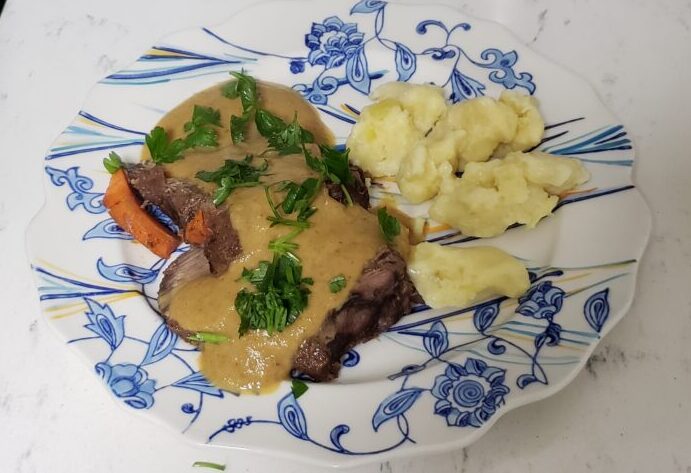
All of this should be served with one of Croatia’s red wines. We were lucky enough to have a bottle from our visit that was made by the owners of our AirBnB. How incredible is that?
THE RECIPES
inspired by
sasina-kuhinja.com/videorecepti/pasticada-recept
Recipe Card

Pašticada from Croatia
Ingredients
Marinating the Beef
Stewing the Beef
Garnish
How to Make Croatia's Classic Beef Stew
Marinate the Beef
-
Make deep slices all over the meat. Alternate inserting slices of celery root, carrots, and bacon throughout.
-
Brush meat with mustard and place it in a large bowl.
-
Add onion chunks, garlic, 2 more carrots, rosemary, prunes, thyme, bay leaf, cloves and black peppercorns to the bowl. Season with salt.
-
Cover meat with red wine vinegar and 1 cup of water.
-
Cover the bowl and place in the refrigerator overnight or for many hours, turning once if possible.
Prepare Beef for Stewing
-
Remove the meat from bowl and strain liquid. Reserve the solids.
-
Heat olive oil in a Dutch oven or big pot over medium high heat. Sear and brown meat on all sides.
-
Remove meat and set aside.
-
Add solids from the marinade to the pot and cook over medium heat until softened, about 10-15 minutes.
-
Add meat back to the pot along with red wine, Prošek, and nutmeg. Add enough water to cover the meat halfway up the side, but no more than that.
-
Bring to a boil, then lower to a simmer, cover, and cook for about an hour.
-
After an hour, add the tomato paste and stir it into the liquid. Add more water or wine if necessary. Try to keep the liquid to about halfway up the side of the meat.
-
Simmer for another hour or so.
-
Remove the meat, let it rest for about 10 minutes or so before slicing.
Make Sauce
-
Remove bay leaves.
-
Add vegetables to a blender or food processor. Purée until it becomes a rich sauce consistency.
-
Season with salt and pepper and add more red wine or sugar to ensure a nice sweet/sour balance.
-
Top sliced meat with sauce and parsley. Serve with gnocchi.
Nutrition Facts
Servings 4
- Amount Per Serving
- Calories 586kcal
- % Daily Value *
- Total Fat 23.25g36%
- Saturated Fat 4.88g25%
- Cholesterol 200mg67%
- Sodium 3871mg162%
- Potassium 1677mg48%
- Total Carbohydrate 24.92g9%
- Dietary Fiber 6.4g26%
- Sugars 6g
- Protein 72.94g146%
- Vitamin A 8720.24 IU
- Vitamin C 26.07 mg
- Calcium 1555.93 mg
- Iron 13.38 mg
- Vitamin D 2 IU
- Vitamin E 2.37 IU
- Vitamin K 45.5 mcg
* Percent Daily Values are based on a 2,000 calorie diet. Your daily value may be higher or lower depending on your calorie needs.
Recipe Card

Gnocchi from Croatia
Description
This is a pretty simple (but laborious) recipe for the classic potato gnocchi, which in Croatia is always served as an accompaniment to the beef stew Pašticada.
Simple Ingredients for a Complex Dish
Instructions
-
Steam or bake potatoes for about 25-30 minutes until soft throughout but not overcooked. Test with a toothpick to make sure they are soft.
-
While still hot, peel and mash (taking care to not burn yourself).
-
Mash to ensure there are no lumps and the potatoes are smooth.
-
Make a hole in the middle of the mixture and add butter, beaten egg, and salt.
-
Add flour and knead well, adding more flour if needed.
-
Take a handful of the dough a little at a time and shape into logs. On a floured surface, roll logs into a long snake or sausage.
-
Cut snake into smaller logs to shape gnocchi.
-
Bring a large pot of salted water to boil and add gnocchi.
-
They are done when they begin to float, about 10-12 minutes.
-
Serve with pašticada and grated parmesan.
SPECIAL INGREDIENTS
Prošek Wine

Prošek, which is completely unrelated to Prosecco, can be hard to find in the US, but it is not impossible. We were lucky because we had picked up bottles while we were in Croatia and fell in love with it. What a perfect time to crack open our last bottle.
This sweet wine is unique because it is made from grapes that are dried on straw mats (sometimes this style is called straw wines or raisin wines).
It has a beautifully sweet flavor with hints of dried fruit, honey, and nuts. It goes very nicely as an ingredient in pašticada because it adds to the sweet/sour balance that is characteristic of the stew.
HOW WE SCREWED IT UP

When we decided to include gnocchi as one of the Croatian dishes, I knew we were headed for trouble.
I attempted gnocchi once before and it did not go so well. It’s not like I’ve had tons of practice between now and then, so what was I expecting?

For the beef, tenderness was key and I am pleased to say the beef came out successfully. However, it was pretty dry and a bit bland.
Part of the problem I had was I hadn’t completely submerged the meat in the marinade when it sat overnight. That may have dried it out before I even started cooking it.
I also had a hard time browning the meat at the beginning to seal in the flavor – partly because the vinegar had started to cook the beef a bit and so it was hard for me to see when it was actually browned.
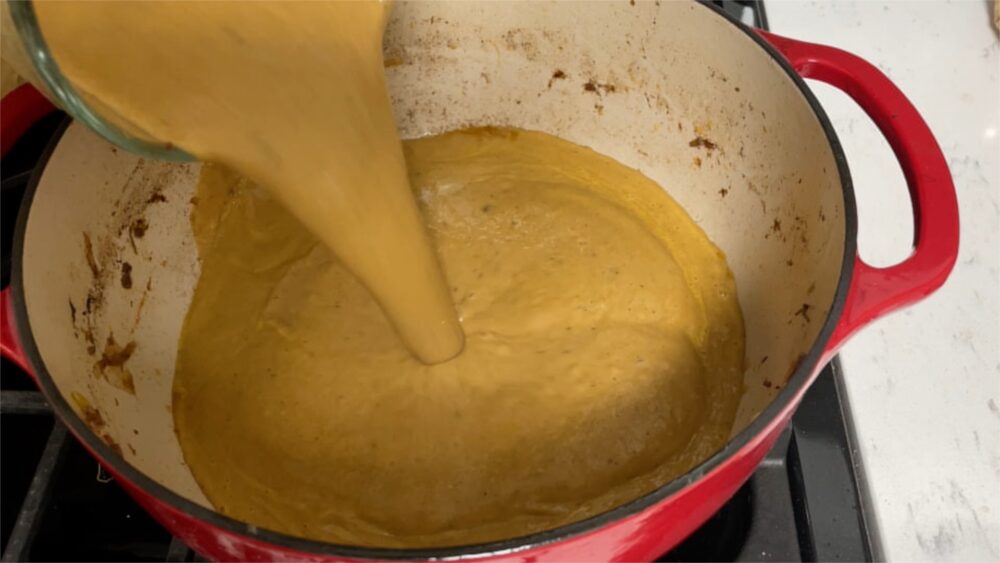
The sauce ended up holding most of the flavor, although it didn’t get quite as dark as I was expecting (that may have been because of the light color of the wine I used).
Of course, the other contributing factor may have been the Top Round cut itself. This is the traditional cut in this dish, but my butcher warned me against using it since it doesn’t have as much fat as something like a top sirloin.
Ultimately, this came out tasty, but not as flavorful or moist as I had anticipated.
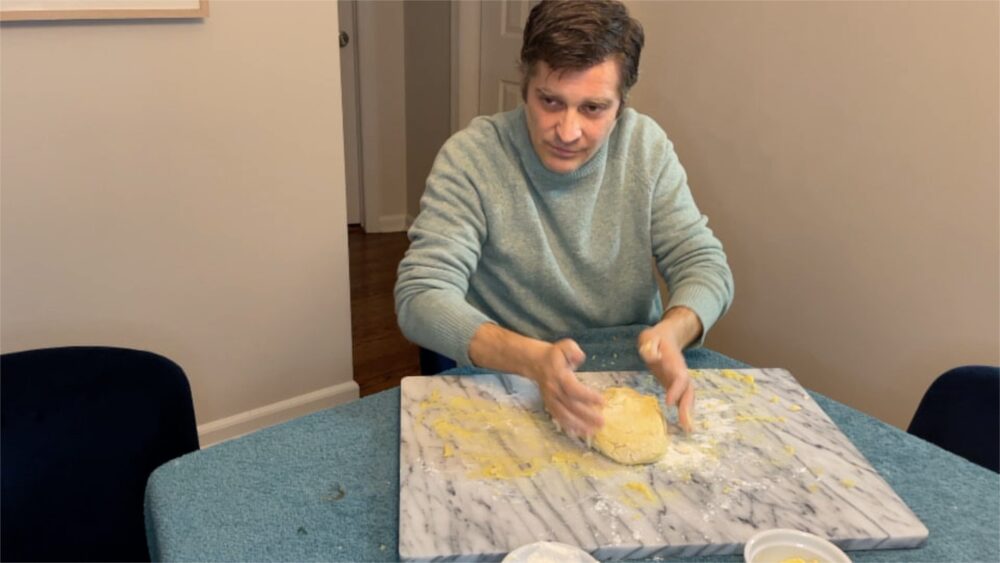
My biggest problem with the gnocchi was I did not add enough flour (my recipe has been adjusted since) so I mostly ended up boiling mashed potatoes. Sounds delicious, huh?
I also didn’t incorporate the ingredients well. You are supposed to make a hole in the middle of the Doug in order to mix in the other ingredients, but I ended up just sort of drizzling everything on. What a disaster.
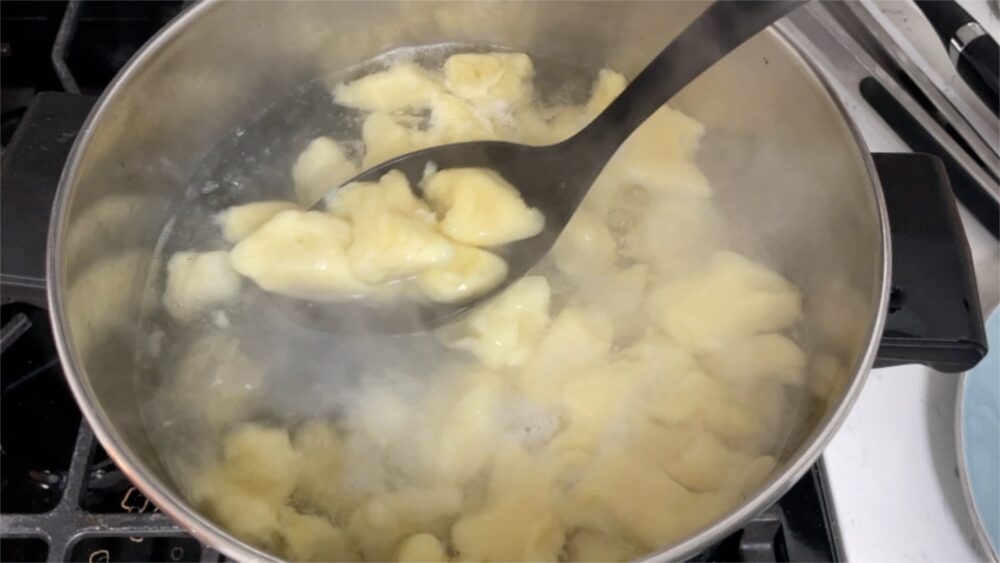
My gnocchi were super sticky before I added them to the boiling water and they came out gummy and pretty flavorless. I also forgot to add salt, so there is that. Oops.
All this being said, they were certainly edible alongside the meat and sauce, but they were not as soft and pillowy as I would have liked. I’ve had incredible gnocchi before and I’m afraid these were not them.
SAM’S REACTION
Sam devoured everything in site when we visited Croatia many years ago. Black rice (made from squid ink) was his favorite and I have no doubt he tried pašticada somewhere along the way.
So I thought maybe these flavors would bring his adventurous food spirit back.

He did try both the meat and the gnocchi and seemed very happy with both on the first bite.
Perhaps he sensed his father’s miscalculations when it came to cooking because he soon decided that he didn’t like either of these dishes.
I do my best, but perhaps we need to hire a cook from these countries to show Sam what it’s really supposed to taste like. I’m sorry to all my Croatian readers out there.
NEXT TIME
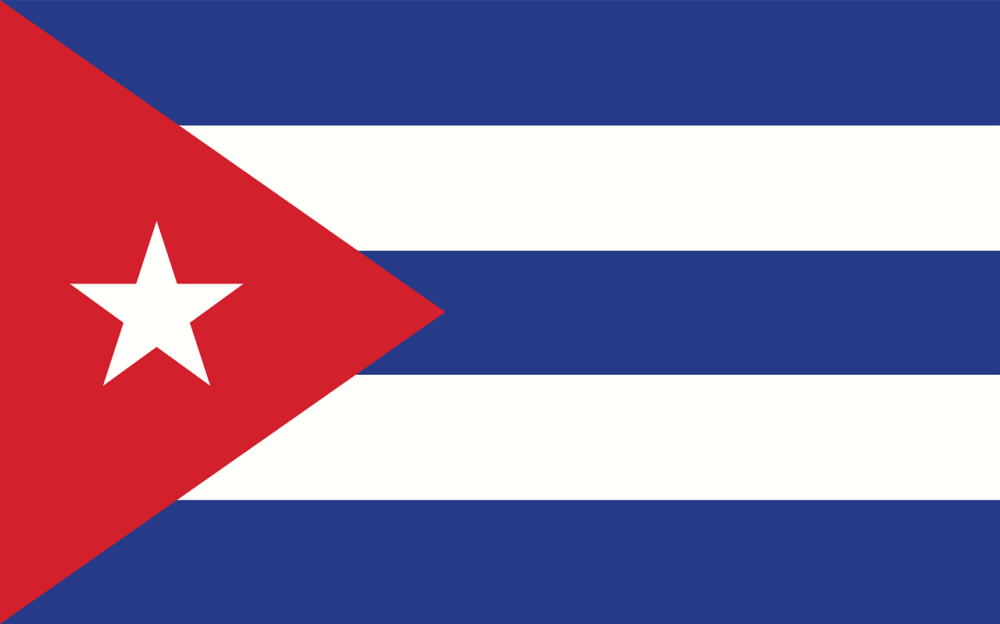
Next time we are traveling and I don’t mean it metaphorically. We are bringing the show to my parent’s house in South Florida and we have a very special guest with my nephew. I thought since they live a car ride from Miami, which is a boat ride to another country, it only made sense to cook Cuban food in South Florida. This will be an epic one!



